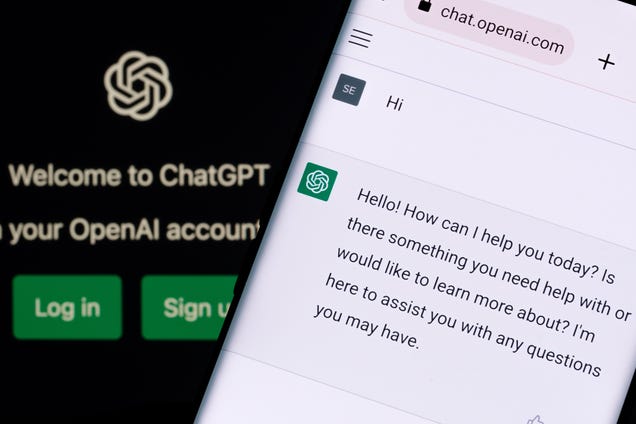
Designing a program in such a way that it can truly convince someone that another human is on the other side of the screen has been a goal of AI developers since the concept took its first steps toward reality.

Designing a program in such a way that it can truly convince someone that another human is on the other side of the screen has been a goal of AI developers since the concept took its first steps toward reality.
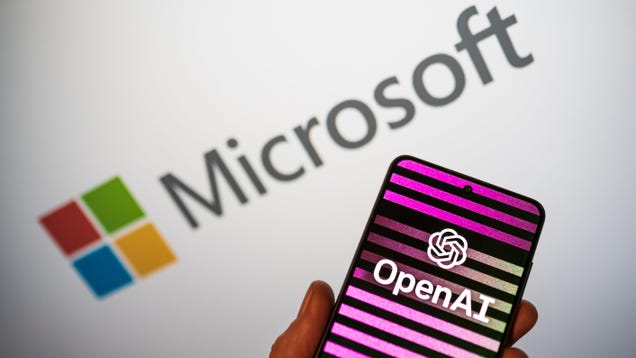
Artificial intelligence has proved a costly endeavor—well, yes, in terms of money, but AI requires massive amounts of energy, and water consumption to operate at scale.
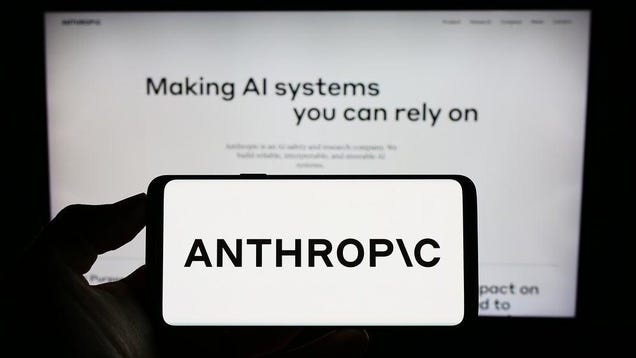
In its latest bid to adopt artificial intelligence technology, Amazon announced on Monday that it is investing a bundle in OpenAI competitor Anthropic.
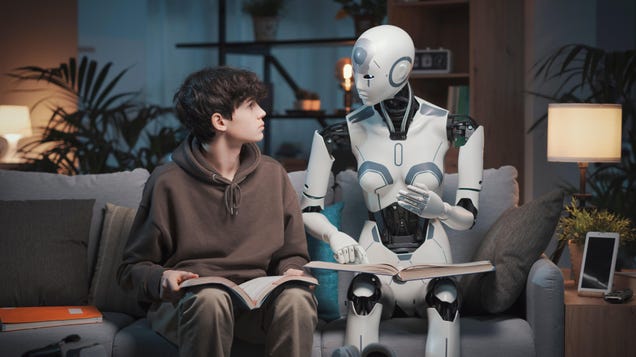
On Monday, ChatGPT-maker OpenAI announced it was starting to roll out voice and image recognition in ChatGPT. Essentially, the AI can recognize a picture for what it is, and communicate with users about it.
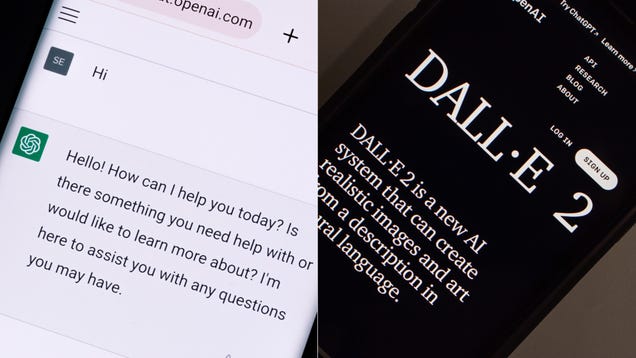
As Big Tech continues to jam every half-baked piece of artificial intelligence into every other over-baked piece of software, OpenAI has come full circle. The AI company behind ChatGPT is placing the wildly popular chatbot into the next version of its image generation tool.
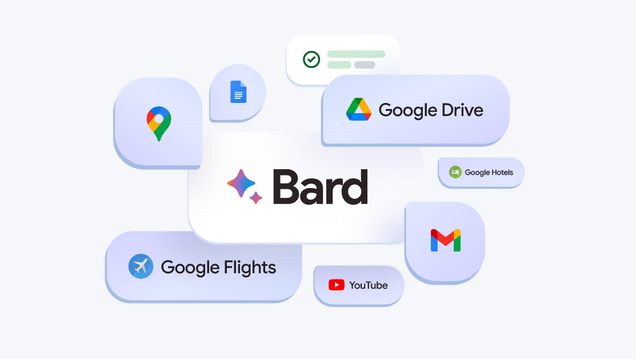
Google announced a supercharged update to its Bard chatbot Tuesday: The tech giant will integrate the generative AI into the company’s most popular services, including Gmail, Docs, Drive, Maps, YouTube, and more.

If you’re behind on what’s happening with the robot uprising, have no fear. Here’s a quick look at some of the weirdest and wildest artificial intelligence news from the past week.

Authors are suing Meta for allegedly using their works to train its Llama artificial intelligence software, according to a class action lawsuit filed on Tuesday.

Meta is reportedly building an advanced AI model equating to the efficiency of OpenAI’s language model, GPT-4.